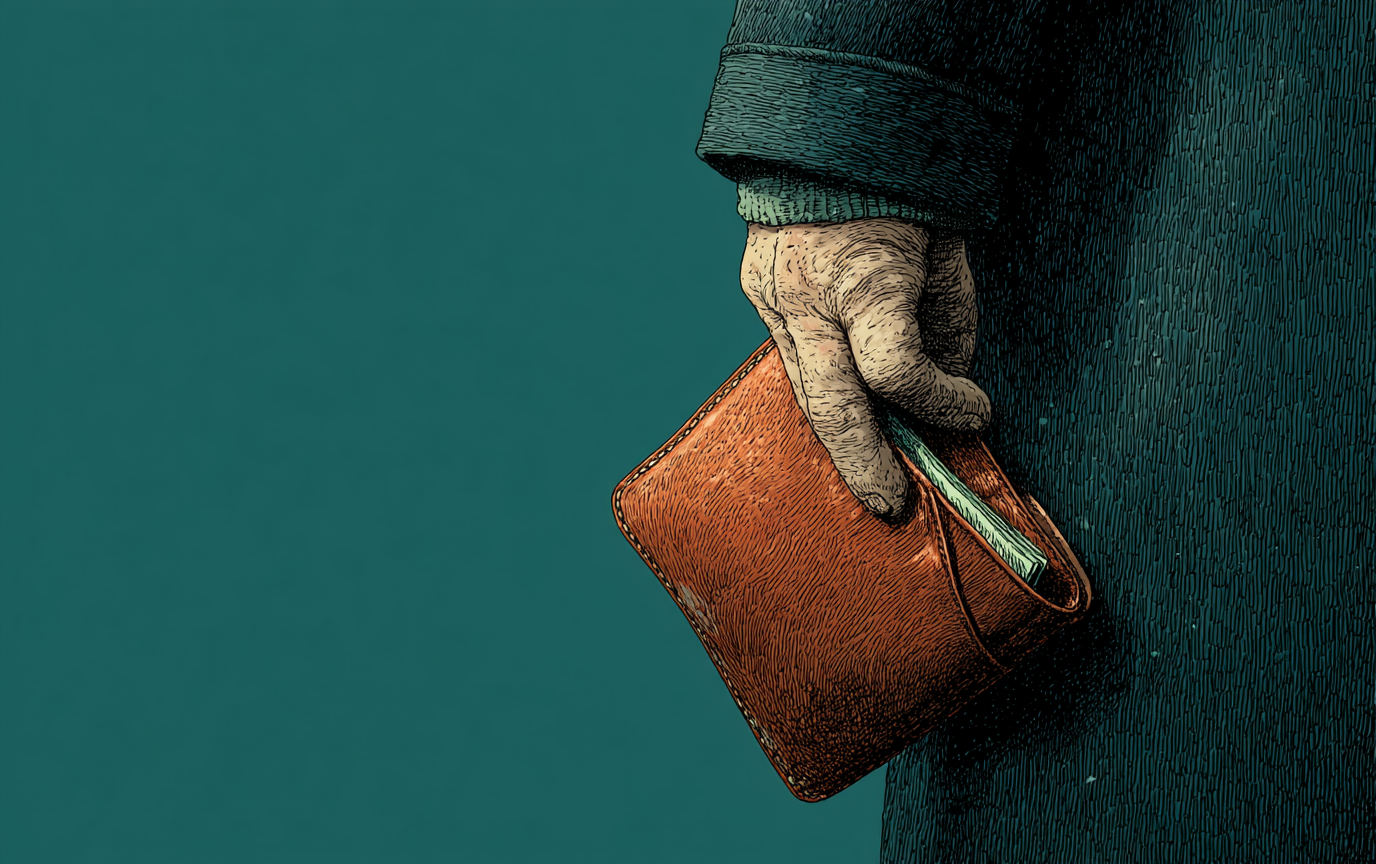Cryptocurrency holds a unique allure in today's digital economy, but it also requires a responsible approach to security. Understanding the basics of cold wallets, which are essential for keeping your digital currency safe, is crucial for every cryptocurrency enthusiast. Cold wallets offer the highest level of protection for your assets by keeping your private keys offline and isolated from potential online threats. This guide will provide you with comprehensive insights on how to use a cold wallet effectively, making sure that your investments remain secure. Whether you're just beginning your crypto journey or looking to refine your existing knowledge, this guide outlines everything you need to know about offline storage solutions, including practical tips and a step-by-step setup process.
The importance of security in the cryptocurrency world cannot be overstated. With transactions being irreversible and values fluctuating wildly, having your crypto assets protected is vital. As you delve deeper into the cryptocurrency basics, you’ll learn that cold wallets are the most foolproof method for safeguarding your investments. This article will explain why cold wallets matter, provide a deep dive into their setup, and highlight advanced security practices. So, if you're looking to enhance your security measures or simply understand what a cold wallet is, you’re in the right place!
Understanding Cold Wallets: Why Offline Storage Matters
When we talk about cryptocurrency storage, understanding the type of wallet you're using is fundamental. A cold wallet is a type of storage solution that itself operates offline, effectively creating a barrier between your private keys and the dangers that lurk online. This key characteristic is what elevates cold wallets above other storage types.
-
How They Work: A cold wallet signs transactions offline, using a private key separate from any internet-connected device. This prevents any online threats like malware or phishing attacks from gaining access to your sensitive data. Imagine your cold wallet as a safe; the money—a.k.a your crypto assets—has no chance of being stolen if it's locked away securely.
-
Common Types of Cold Wallets:
- Hardware Wallets: Devices such as Ledger and Trezor can securely store multiple cryptocurrencies of varying types. Their built-in encryption ensures that your assets are well-guarded.
- Air-Gapped Devices: Specialized devices that never connect to the internet can be used not just for storage but for transaction signing.
- Paper Wallets: While now somewhat outdated, these are essentially prints of your keys. They're easy to create but can also be susceptible to physical damage and loss.
Step-by-Step Cold Wallet Setup
Setting up a cold wallet can seem daunting, but it is straightforward if you follow the right steps. Here’s how to do it effectively:
-
Choose a Reputable Device:
- Opt for well-known, open-source hardware wallets like the Ledger Nano X or Trezor Model T. This ensures that your device has undergone scrutiny by the crypto community.
- Pro Tip: Always buy devices directly from manufacturers to avoid tampering.
-
Generate and Secure Your Seed Phrase:
- You will be prompted to create a recovery phrase typically consisting of 12 to 24 words during the wallet setup phase. Write this phrase down and store it in a fireproof and waterproof location.
- Important!: Never digitize your seed phrase. Keep it entirely offline—no photographs, cloud storage, or emails.
-
Transfer Crypto Safely:
- To start using your cold wallet, quickly withdraw a small amount of cryptocurrency from your exchange account to the cold wallet's public address. This will familiarize you with the process and ensure everything is functioning correctly.
Advanced Security Practices
Using a cold wallet goes beyond just simple storage; implementing advanced security measures can protect you even further.
- Multi-Signature Wallets: These wallets require multiple keys to authorize a transaction, making them ideal for those holding large amounts of cryptocurrency.
- Passphrase Protection: Enhance your security by adding a custom passphrase to your seed phrase. This provides an additional safety layer that can deter hackers.
- Firmware Updates: Always keep your hardware wallet's firmware up to date. Updates often include crucial security patches.
Avoiding Common Pitfalls
Even with the best security practices, ensuring your cryptocurrency remains safe does require diligence. Here are a few common pitfalls to avoid:
- Phishing Scams: Always be wary of emails or messages claiming to be from your wallet provider. Only download software from verified official websites.
- Physical Theft: Store your cold wallet and recovery phrase in different safe places to minimize risk. Consider a home safe for the wallet and a bank deposit box for the recovery phrase.
- Transaction Risks: Always double-check receiving addresses on the wallet screen and not just your computer to avoid phishing attempts where addresses are swapped.
A cautionary tale reminds us that scams are ever-present. For example, a user lost over $1 million by mistakenly entering their seed phrase into a phishing site disguised as Ledger Live. This reinforces the importance of double-checking everything.
Balancing Convenience and Security
While security is paramount, you don’t want managing your crypto assets to become an ordeal.
- Dedicated vs. Multi-Use Wallets: Consider reserving one cold wallet for long-term investments and another for assets you may wish to transact with regularly.
- Blockchain Explorers: Use sites like Etherscan to monitor balances without exposing your private keys. This allows you to stay updated without compromising your security.
- Insurance Options: Some custodial services offer insurance for cold-stored assets, though keep in mind that fees may apply. Always read the fine print.
Keyword-Rich FAQ Section
Q: How do I recover a lost cold wallet?
A: Use your seed phrase on a compatible recovery wallet. Remember, sharing the phrase online is a big no-no!
Q: Are cold wallets always safe?
A: While they are significantly safer than online wallets, risks remain such as physical theft or recovery phrase exposure, so always practice excellent security.
Q: Can I stake my crypto from a cold wallet?
A: Yes, you can stake your crypto through integrations with wallet interfaces, but always understand the risks involved.
Final Takeaways
In conclusion, utilizing a cold wallet can significantly reduce your risk of irreversible losses in the ever-volatile world of digital currencies. Always emphasize security over convenience, stay informed about potential threats, and practice your crypto management regularly.
By treating your cold wallet as a high-security vault—layered, monitored, and cautiously accessed—you'll maintain your peace of mind and optimize your overall crypto experience.
If you’re eager to learn more, we invite you to explore our other guides on Crypto 101, check out partner platforms in our Exchange Reviews, keep up with the latest trends in our News section, and discover tools and wallets in our Tools and Wallets category. Start securing your crypto journey today!












